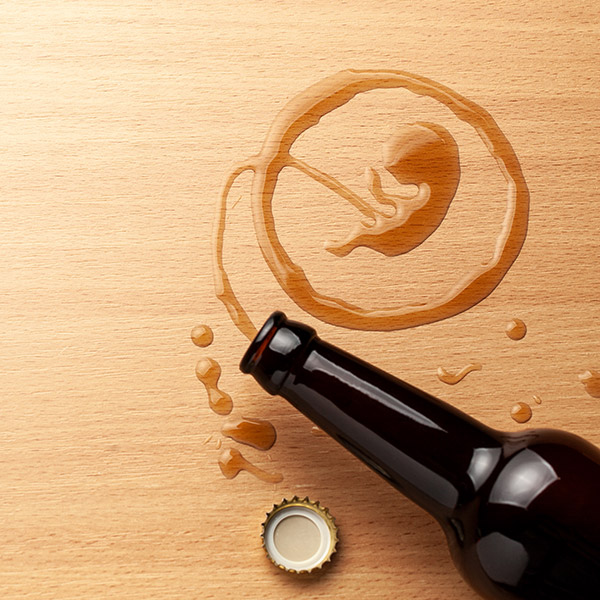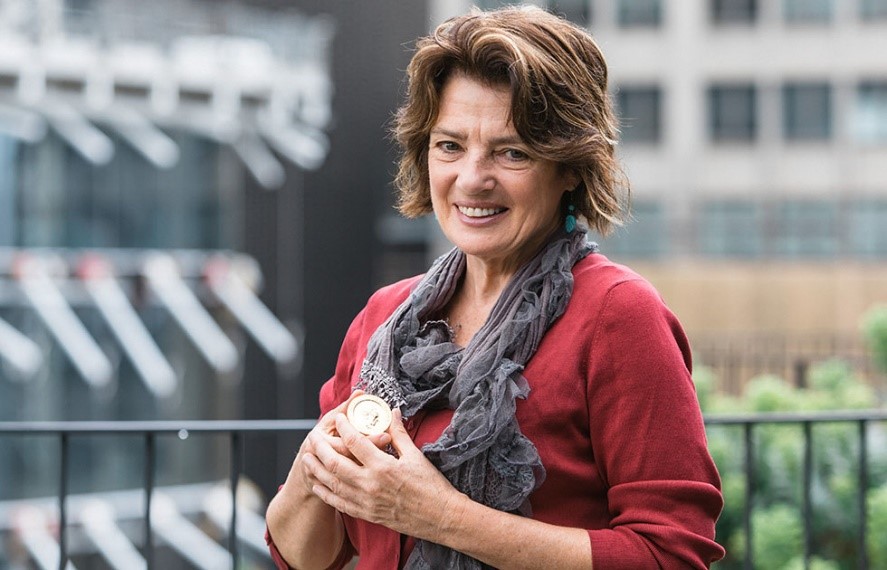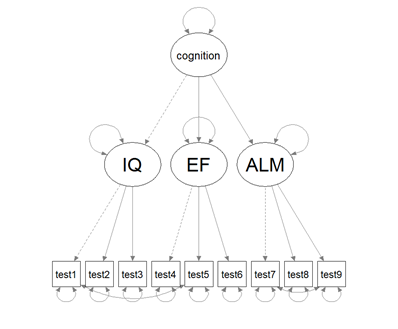
Case Study: Statistics shed new light on what effects drinking during pregnancy can have on a child’s cognitive function

ACEMS researchers developed advanced statistical methods to study the dose-response relationship between prenatal alcohol exposure and child cognitive function
It is well known that high levels of prenatal alcohol exposure (PAE) result in severe cognitive and behavioural deficits in children. But the effects at low levels of exposure are less understood. This is important in terms of diagnosing and treating children who were affected by PAE.
To get a better idea, ACEMS researchers developed advanced statistical methods to study the dose-response relationship between PAE and child cognitive function. In other words, how a child's cognitive function changed as a function of the mother's alcohol consumption during pregnancy.
Research Fellow Dr Khue-Dung (KD) Dang from ACEMS at UTS was part of a project led by UTS Professor and ACEMS Chief Investigator Louise Ryan and Professors Joseph Jacobson and Sandra Jacobson from Wayne State University in the U.S.A.
For her research, KD used data collected from six U.S. longitudinal cohort studies where mothers were interviewed prenatally or shortly after delivery about their drinking habits during pregnancy. Since cognition can not be observed directly, the studies assessed children with a battery of different tests measuring IQ, academic achievement in reading and arithmetic, learning and memory abilities and executive function.
"Even though the children were assessed for the same skills, the cognitive and behavioural tests used in each cohort weren't exactly the same. That was one challenge. There were also many individuals where we didn't have results for all their tests," says KD, an ACEMS Research Fellow at UTS.
To bring together this challenging data, KD constructed a Bayesian Structural Equation Model (SEM). KD says structural equation modelling specifies a structural relationship between unobserved measures (in this case, a child's cognition function) and observable outcomes (their performance at neurodevelopmental tests and the level of prenatal alcohol exposure).
"This was a very challenging problem. There was a lot to consider in constructing the model, such as choosing which outcomes to include and how to account for confounders. So, we also added propensity scores to account for confounders," says KD.
KD says it was not straightforward to fit the model with standard techniques, so she used a Bayesian approach. She then extended the model with a regression component to determine whether the effects from PAE are the same at all levels of exposure, or whether there might be a level below which there are no effects.
"Our results so far suggest that PAE has a clear negative effect on child cognition even at low doses, and there is insufficient evidence to identify a level where the dose response changes or becomes steeper." says KD.
Ongoing work is looking more carefully in the impact of different patterns of drinking, for example, binge drinking versus regular low level drinking.
KD says the model was formulated by carefully combining different statistical techniques. She wants to continue to work on ways to improve the model and develop a more efficient estimation method for this complicated problem.
She believes this is one example of how the field is moving forward to quickly overcome the new challenges that come with more complex data.
"Statistics provides the tools for us to systematically use the information from the data to answer difficult research questions," says KD.
Louise Ryan says KD has been an invaluable member to this project.
“I have loved working with KD on this project! Even though she has never met my US colleagues in person, she has quickly become an integral part of the team. Her depth of knowledge on Bayesian methods has really enriched the project and we are all very grateful to have her on board,” says Louise.
The research team also includes Professor Richard J. Cook and Dr Tugba Akkaya-Hocagil from University of Waterloo, Canada.
The People

Professor Louise Ryan

Dr Khue-Dung (KD) Dang

A diagram representing a SEM model. The 9 tests, alcohol exposure and propensity scores are represented by the squares. The latent variables are indicated by circles: cognition, IQ, executive function (EF) and academic achievement, learning and memory (ALM). The arrows represent the relationship between the variables. For example the IQ latent variable directly affects the observed test 1, test 2 and test 3 outcome variables. The circular arrows represent correlations.